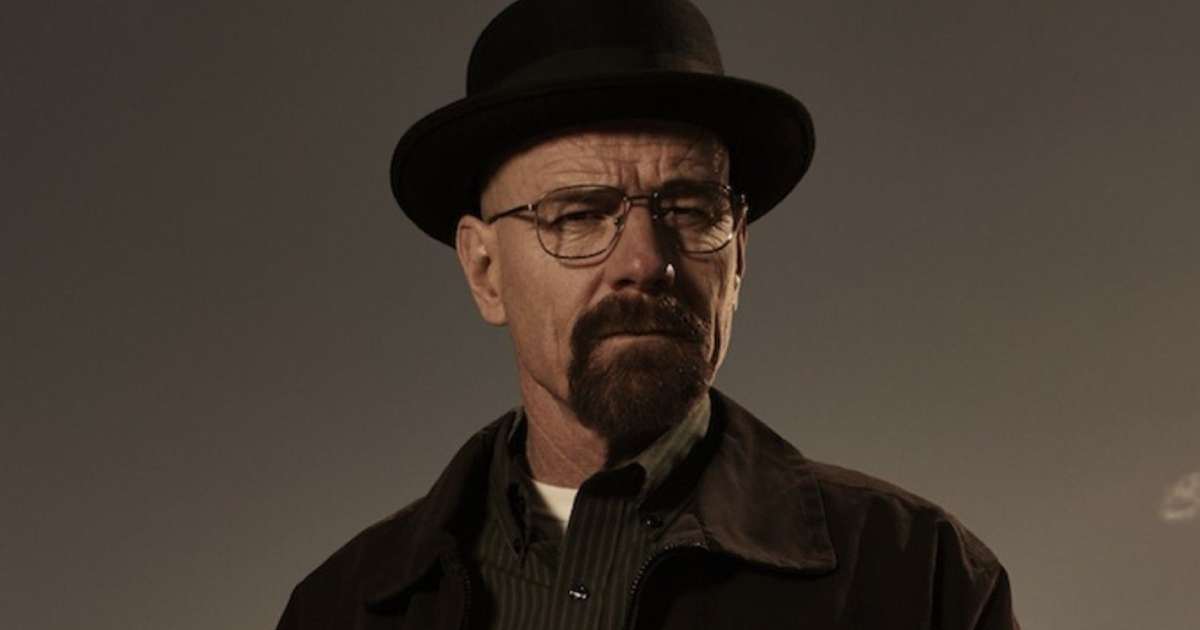
Unlike many shows during its time, Breaking Bad didn’t explode onto TV screens with loud promises. It slowly crept in among the viewers and never let them go once it took hold. While people often point to The Sopranos as the beginning of television’s modern golden streak, it’s Breaking Bad that fully stretched the limits of what a show could become when given time to breathe.
Why Does Walter White’s Villain Arc Still Stand Out?
Breaking Bad was a show that never relied on cheap thrills. It built a world where a mild-mannered chemistry teacher turns into something else entirely, and that transformation was not rushed. Walter White’s fall or rise happened step by step, depending on how you see it. It felt natural and inevitable, and no other show managed to chart that shift with the same kind of detail.
Walter’s journey was very different from that of other protagonists. He never began his path with power or confidence, and instead, he was barely standing out as a teacher or husband. However, everything cracked open after a cancer diagnosis, which pushed him to make choices that he never thought he was capable of.
Initially, he started cooking meth to provide for his family but later he cooked meth because it gave him a purpose he thought he’d lost. The man who once blended into the background ended up commanding every scene he walked into.
Trending
Walter White’s Transformation Took Time & That’s What Made It Great
The brilliance of Breaking Bad lies in how long it takes to get there, and if you have watched the show, you would know it. The idea of Walter turning into Heisenberg was always in place, but the execution was never rushed. The once-protagonist’s small moves and compromises pushed him closer to that edge until he finally became the anti-hero that we know today.
A Writers’ Strike That Accidentally Saved The Show
What makes this even more surprising is how much of it happened by accident. According to CBR, the original plan was to wrap the first season with thirteen episodes, but a writers’ strike stopped that, and the delay changed everything. Jesse was supposed to die early on, and Walt’s darker side was supposed to show up much sooner.
However, the pause forced the creators to rework their approach. As a result, they slowed things down and held back Walter White’s descent to allow the story to grow at its own pace. It turned out to be the best thing that could’ve happened.
The brain behind the show, Vince Gilligan, has always trusted his instincts, even when that meant keeping lesser-known actors or letting characters grow beyond their original outlines. Gus Fring, for example, was never meant to be the central villain he became. But the show gave him room to evolve, and what a move that turned out to be.
When Walter White Truly Became Heisenberg
Walter White’s full turn doesn’t even happen in season two… well, not really. Even when he lets Jane (Jesse Pinkman’s partner at that time) die, there is still a question of motive concerning whether he was there to protect Jesse or himself. It’s not until season four that Walter finally decides he wants to win, and he becomes aware that taking out Gus wasn’t about survival anymore. To Walter White, it was about ego, and that’s when Heisenberg took over completely.
Advertisement
For more such stories, check out TV updates!
Follow Us: Facebook | Instagram | Twitter | YouTube | Google News





 Follow Us
Follow Us











